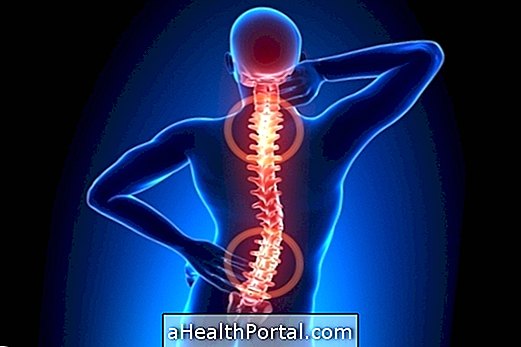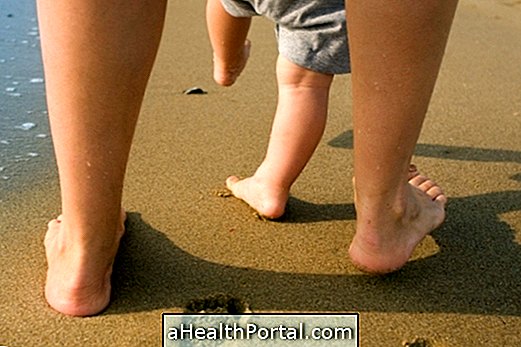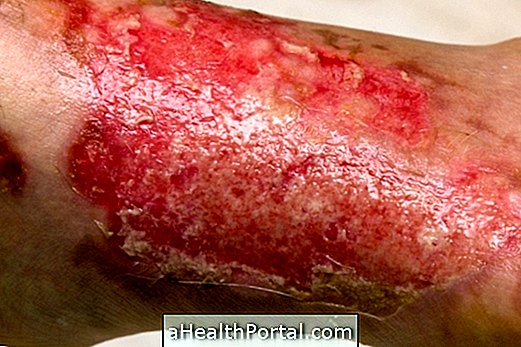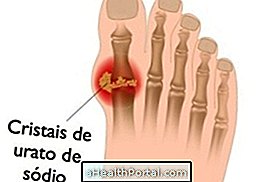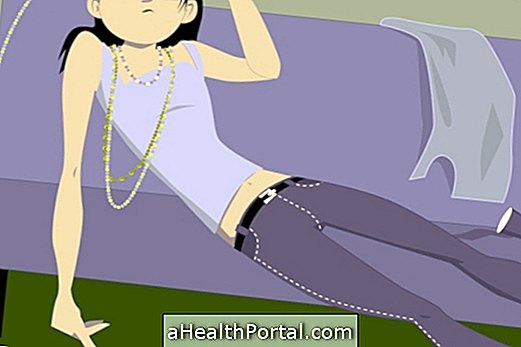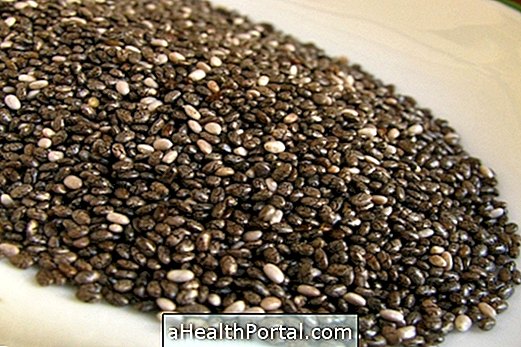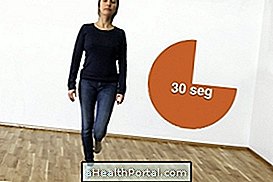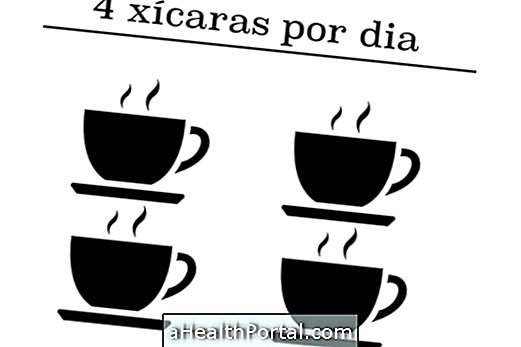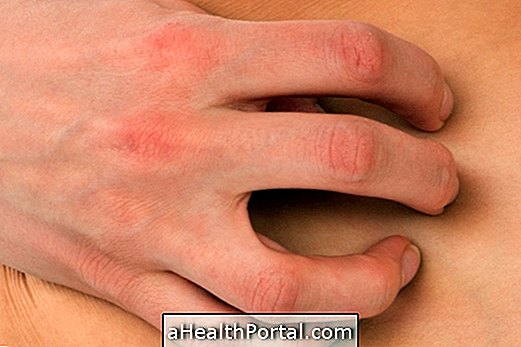Osteoarthritis is a disease in which degeneration and looseness of the joint occurs, which causes symptoms such as swelling, pain and stiffness in the joints and difficulty in making movements.
This is a chronic degenerative disease that has no cure but can be treated through the use of pain relieving and inflammation remedies and by performing daily stimulation and physical therapy exercises that end up controlling and slowing the development of the disease.
Which joints are most affected?
Osteoarthritis is a disease that can occur in any joint, but it is more common in certain joints that include:
- Joints that support the weight of the body, such as the hip and knee, causing pain and difficulty walking. Learn all about these types of osteoarthritis in osteoarthritis in the knee and osteoarthritis in the hip.
- Joints of the spine, in the neck region or at the end of the spine, causing pain in the neck and back and difficulty in movement. Learn more about arthrosis in the column by clicking here.
- Joints of the hands, at the joints of the fingers and especially in the thumb, causing symptoms of pain, swelling, deformities in the fingers, difficulty to pick up small objects like pens or pencils and lack of strength;
- Articulation of the shoulder, causing symptoms of pain in the shoulder that radiates to the neck and difficulty of movement of the arm. Get to know the symptoms of shoulder arthrosis by clicking here.
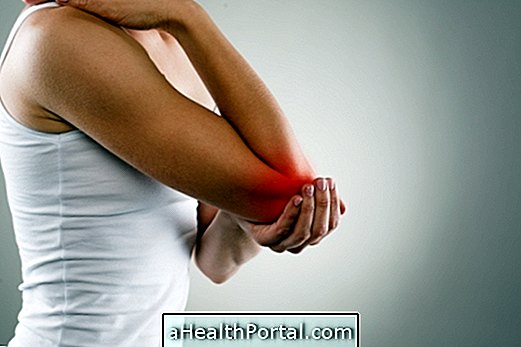
Main Symptoms
The main symptoms of arthrosis include:
- Pain in the affected joint;
- Difficulty in performing movements;
- Swelling and stiffness in the joint;
In addition, with the progression of the disease some deformations in the region of the affected joints begin to appear.
How the Diagnosis is done
The diagnosis of arthrosis performed by the orthopedist or rheumatologist through analysis and observation of symptoms of pain, swelling, stiffness and difficulty in moving the joint.
From these symptoms, the doctor may suspect arthrosis, asking for an X-ray or magnetic resonance imaging to confirm the diagnosis.
Causes of the onset of arthritis
Osteoarthritis can have several causes, which can include:
- Natural joint wear caused by natural aging;
- Demanding jobs that overload some joints like the maids, hairdressers or painters for example;
- Sports that repetitively overload certain joints or that require constant twisting movements like football, baseball or American football for example;
- Weakness in the upper legs;
- Activities in which it is necessary to crouch or kneel repetitively by lifting heavy objects;
- Excess weight, which causes greater wear especially on the joints of the legs or spine;
- Injuries such as fractures, kinks or bumps affecting the joint.
In addition, it is also important to take into account the family history of arthrosis since this disease has a certain genetic origin, not forgetting also that although this problem is common in all ages, it arises more easily after the age of 50 due to aging of the body.
How is the treatment?
Osteoarthritis is a problem that has no cure, and its treatment is based on the use of anti-inflammatory and analgesic remedies to reduce pain and inflammation of the joints and to perform physical therapy, exercise or hydrotherapy.
Physiotherapy and exercises should be performed daily, so that they maintain the movement of the joint, strengthen and improve its movement. In addition, ultrasound and electro-stimulation devices that stimulate the joint, decrease inflammation, facilitate healing, and control pain may be used during physiotherapy sessions.

In cases where osteoarthritis is related to being overweight, patients should also be followed up by a dietitian in order to start a weight-loss diet. When there is poor posture, the physical therapist must do a global postural reeducation in order to decrease the compensations and pains generated by poor posture.
Usually these treatments are sufficient for the control of arthrosis, however in the most severe cases where there are no improvements and when the pain remains, the placement of a joint prosthesis may be indicated.
How to prevent osteoarthritis
One of the main forms of treatment is the prevention of osteoarthritis, and for this there are some precautions that must be followed which include:
- Avoid overweight;
- Maintain good body posture;
- Avoid lifting weights, especially in the shoulder region;
- Avoid repetitive exercises;
- Avoid carrying out forced labor.
Osteoarthritis is a chronic degenerative disease and there is no good prognosis of the disease, serving treatments to relieve pain and inflammation, slow the progression of the disease, improve movement and quality of life.

